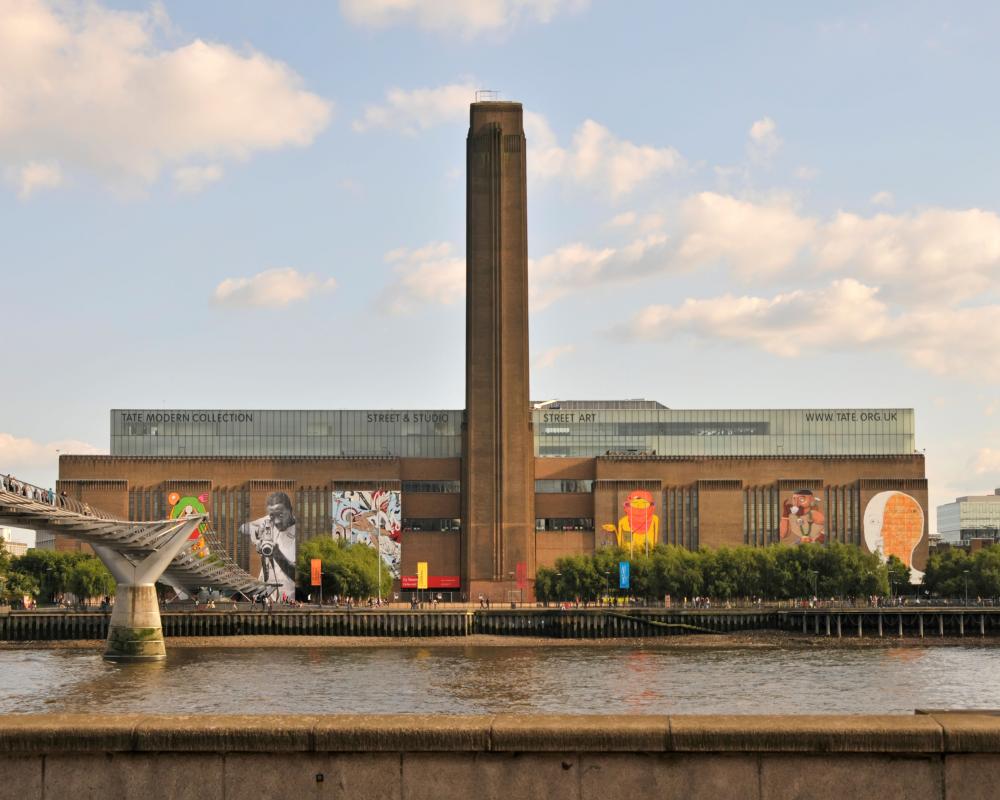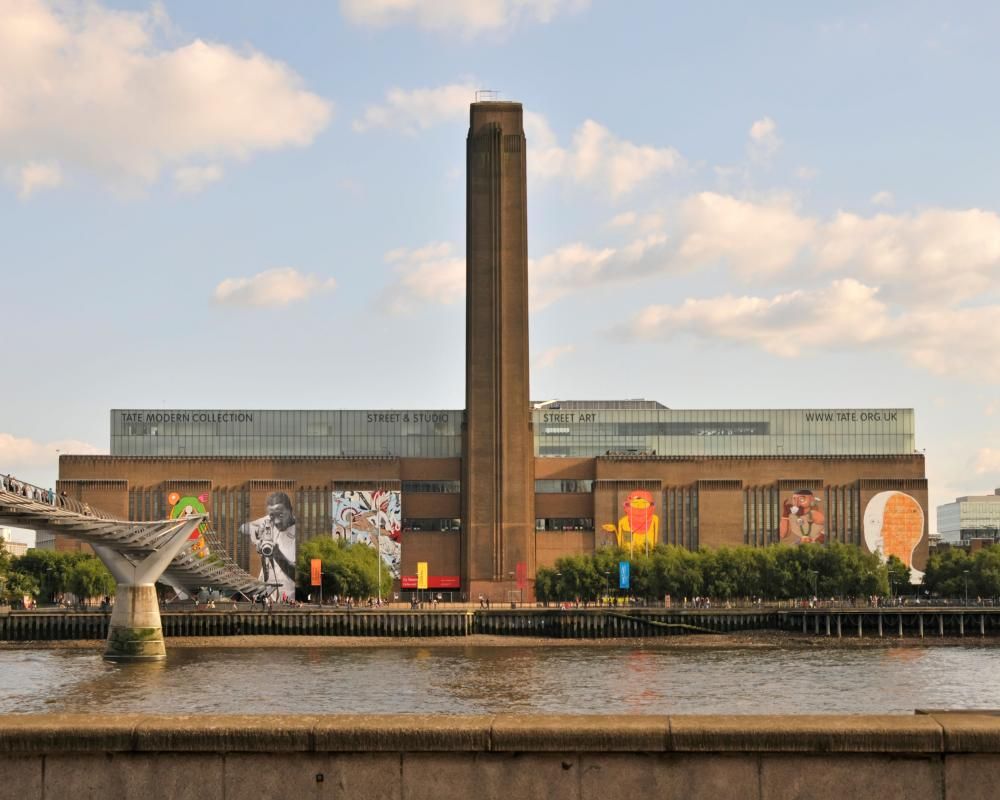 Domestic visitor numbers are close to pre-Covid levels, but overseas visits remain down by nearly 40% Photograph: Justin Kase zsixz/Alamy
Domestic visitor numbers are close to pre-Covid levels, but overseas visits remain down by nearly 40% Photograph: Justin Kase zsixz/Alamy
The Tate galleries in London are struggling to attract young European visitors after Brexit and the pandemic, with the art institution’s leader blaming the demographic shift for a steep decline in attendance figures.
Maria Balshaw, the director of Tate, said the impact of Covid and leaving the EU was keeping 16- to 24-year-olds away from the two sites in the capital. Annual attendance data from the Association of Leading Visitor Attractions (Alva) released in March showed that Tate Modern and Tate Britain had a 27% decline in attendance since 2019 – a drop of 2.2 million visitors.
Tate’s attendances were particularly poor compared with other cultural attractions in London: the National Portrait Gallery only had a 3% dip over the same period, while the British Museum had 4%.
Balshaw highlighted internal research that showed domestic visitor numbers are at 95% of pre-Covid levels, but international numbers are only at 61%.
“The figures speak for themselves,” she told the Art Newspaper. “Tate Modern alone welcomed 609,000 visitors from Europe, between ages 16 to 24, in 2019-20 but then 357,000 in 2023-24.
“And if you think about that age of person: they are profoundly affected by the combination of Brexit changing their educational and work opportunities and then Covid profoundly affecting the end of their studies and the way they choose to live their lives. They are, in general, also travelling less.”
Critics of Tate and Balshaw blamed “woke” curatorial choices for the disappointing attendance figures – with some suggesting free entry might need to be abolished.
The attendance figures came just after Tate announced it would be cutting 7% of its workforce in order to address a funding deficit left over from the pandemic.
A Tate spokesperson said at the time: “Such changes ensure we have the stability we need to continue being as ambitious and innovative as ever”.
The Guardian understands there are no specific plans to attract young Europeans, though the institution has recently announced a series of late openings that often attract younger audiences.
Tate Modern, which celebrated its 25th anniversary this year, welcomed more than 76,000 people during its birthday weekend – a turnout insiders hope could signal a rebound in 2025.
